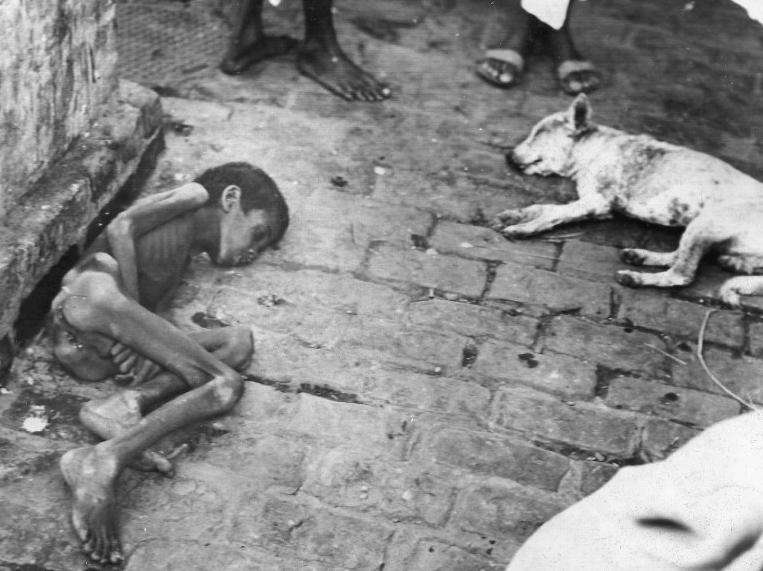There were four major consequences of the Second World War on India and they included high inflation which was on account of war expenditure, the value of Indian currency took a nosedive, economic imbalances due to currencies exchange problems and the development of exchange control.
During the Second World War (1939–1945), India was controlled by the United Kingdom, with the British holding territories in India including over six hundred autonomous Princely States. Over 87,000 Indian soldiers (including those from modern-day Pakistan, and Bangladesh) and 3 million civilians died in World War II.
(i) The war created a new economic and political situation.
(ii) It led to a huge increase in defence expenditure which was financed by war loans and increasing taxes, custom duties were raised and income tax was introduced.
(iii) Prices increased, doubling between 1913 and 1918. This hit the common people.
Most airports in India today are legacies of that effort. The war also gave a huge fillip to India’s economy, industrialisation and employment. By the end of the war, India had, incredibly, spent more on it than Britain. On independence, Britain owed India a considerable “sterling debt”.
During World War Two, the British had mobilised India’s resources for their imperial war effort. They crushed the attempt of Mahatma Gandhi and the Indian National Congress to force them to ‘quit India’ in 1942. For this reason, Britain was desperate to keep India (and its army) united.
What was the condition of India after the World War?
Villages were called upon to supply soldiers, and forced recruitment in rural areas caused widespread anger.
Crops failed in many parts of India, resulting in an acute shortage of food.
Bengal famine, which lost millions of people.
How many Indian died in ww2?
Military deaths are 87,000. Total civilians death are 1,500,000-2,500,000.

